The Central Highlands is not only a land of great forests and epics, but also a place that preserves ancient cultural layers, reflecting the level of social organization and production techniques of the ancient Vietnamese people.
During an archaeological excavation from March to June 2025, the Plei Ring relic (Ia Hrú commune, Gia Lai province) was identified by scientists as a large-scale prehistoric factory, operating more than 3,000 years ago.
Large scale opal processing factory
According to Dr. Nguyen Quoc Manh, Deputy Director of the Center for Archaeology (Southern Institute of Social Sciences), who is in charge of the excavation, Plei Ring is one of the largest stone tool production centers ever discovered in the Central Highlands. Here, ancient residents used skillful chiseling techniques to create a series of tools from opal, a type of stone with high hardness and distinctive color. What is special is that the volume of tools produced at Plei Ring was not only enough to serve the local residents but also showed signs of being distributed to neighboring areas.
The Plei Ring relic reflects the development of the primitive agricultural economy and the need for exchange between ancient communities. However, Plei Ring does not exist alone. Chu Se District (formerly) has recorded three main archaeological relics: Taipêr (Ia Ko commune), Ngol (Ia Glai commune) and Plei Ring (Ia Hrú commune). However, during the archaeological survey at the end of the first quarter and the beginning of the second quarter of 2025, the Pleiku Museum in coordination with the Archaeological Center discovered 48 new relics, bringing the total number of sites with traces of ancient culture to 51. Most of the relics belong to the Neolithic period, some belong to the Metal Age and show signs of the late Paleolithic period. This shows that the Chu Se area was once a vibrant residential, production and exchange center of ancient residents with a wide network of connections throughout the Central Highlands.
A special discovery at Plei Ring is a lithophone set deep in the geological layer of the relic. This is a rare ancient musical instrument, contributing to clarifying the spiritual and artistic life of prehistoric residents. According to archaeologists, the appearance of the lithophone in a tool-making workshop shows the connection between production labor and cultural activities, a prominent feature of early society.
Dr. Nguyen Quoc Manh said that Plei Ring is not only an archaeological site, but also a living testament to the technical development, social organization and spiritual culture of the ancient Vietnamese people. We have the opportunity to reconstruct the ancient cultural and economic map of the Central Highlands. But to do that, it requires interdisciplinary coordination, from archaeology to geology, anthropology and even digital technology .
Orientation to preserve and promote values
The Plei Ring archaeological site was first discovered and announced by Gia Lai Provincial Museum officials at the 2019 National Archaeological Announcement Conference. By 2024, the site will be examined and officially included in the joint exploration and excavation plan between the Provincial Museum and the Archaeological Center. This survey and research is of great significance in determining the type, nature, age and owner of the site.
Associate Professor, Dr. Nguyen Khac Su, Vietnam Archaeological Association, assessed that we have the opportunity to learn about a production and manufacturing system that dates back more than 3,000 years. Here, they not only crafted stone tools but also organized labor according to a clear division of labor. We can see signs of a primitive economy, where products not only served daily life but also aimed at exchange, reflecting the early formation of social organization and economic relations.
In Gia Lai, the tools found are not simply objects. They are evidence that ancient people knew how to choose materials, craft them meticulously, and may have formed handicrafts. The discovery of residential areas, stone quarries and traces of crafting shows that they had a clear awareness of resources and production organization. It is worth noting the appearance of surplus products, an important factor in the formation of commodity exchange, thereby forming social relationships. This is a transition from a self-sufficient economy to an organized economy.
The archaeological discoveries here open up a new direction for research on the history of the formation of ancient Vietnamese communities, on social organization and the development of the primitive economy, because Gia Lai is not only a cultural land but also a prehistoric socio-economic center. “We need to continue to research, preserve and promote the value of these relics. This is both a scientific task and a responsibility to culture. What is found today is the key to understanding the past and thereby shaping the future,” Associate Professor Nguyen Khac Su commented.
The archaeological value of the discoveries at this excavation was highly appreciated by experts, and further research directions were proposed, including in situ conservation, heritage profile building, and community education development. The discovery of another archaeological site in the Plei Ring area, in addition to the historical site of the Plei Ring Victory Site in 1954 (which has been ranked at the provincial level), opens up great opportunities for research on the cultural and historical values of the locality. The combination of archaeological and historical values will contribute to enriching the heritage map of Gia Lai province, while creating a favorable foundation for developing cultural tourism, raising public awareness, and attracting investment in the field of heritage conservation.
Source: https://baolamdong.vn/phat-hien-moi-trong-nghien-cuu-khao-co-hoc-tai-gia-lai-388159.html




![[Photo] President Luong Cuong receives delegation of the Youth Committee of the Liberal Democratic Party of Japan](https://vphoto.vietnam.vn/thumb/1200x675/vietnam/resource/IMAGE/2025/8/22/2632d7f5cf4f4a8e90ce5f5e1989194a)

![[Photo] Prime Minister Pham Minh Chinh chairs the conference to review the 2024-2025 school year and deploy tasks for the 2025-2026 school year.](https://vphoto.vietnam.vn/thumb/1200x675/vietnam/resource/IMAGE/2025/8/22/2ca5ed79ce6a46a1ac7706a42cefafae)


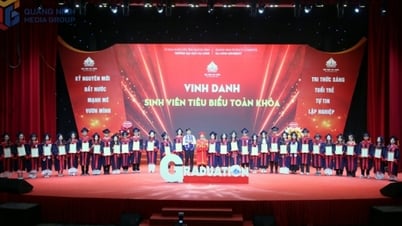



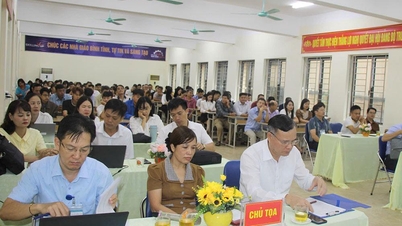

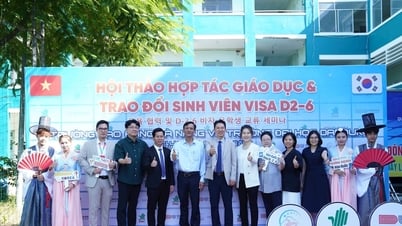



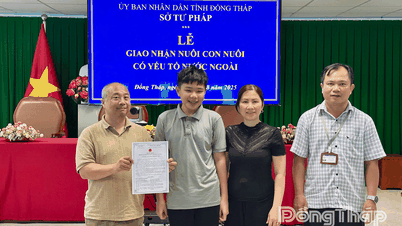





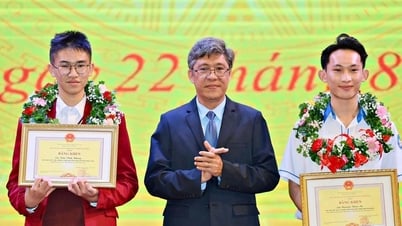
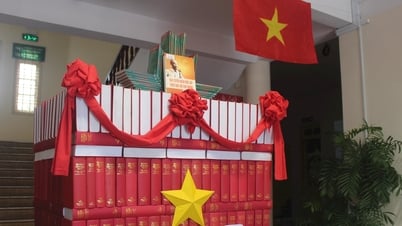
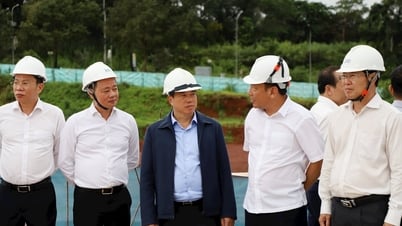
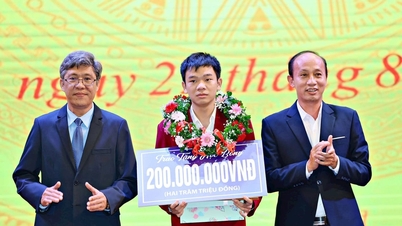
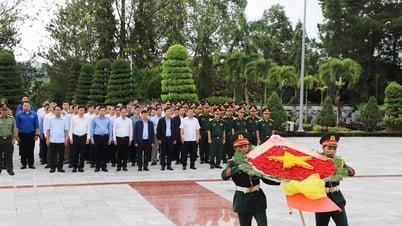
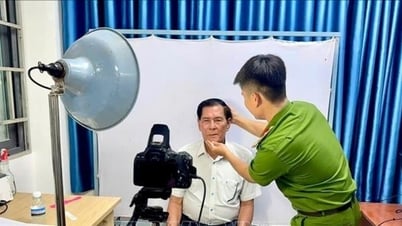






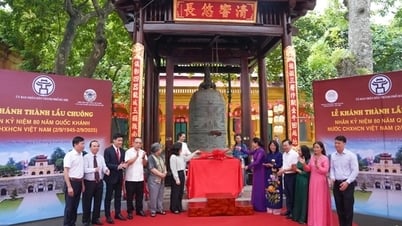

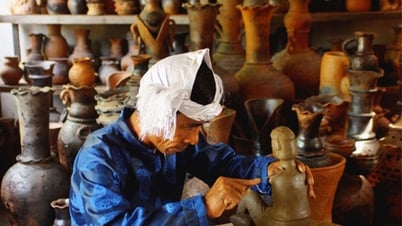











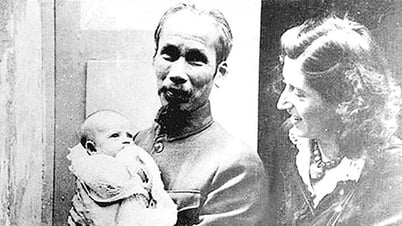












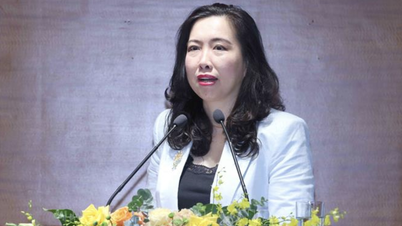



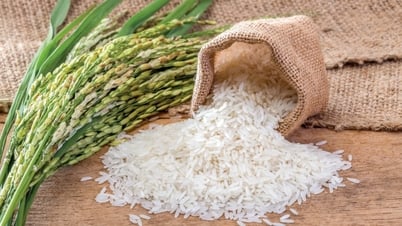
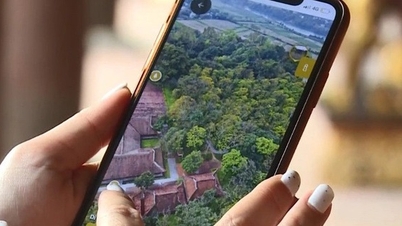






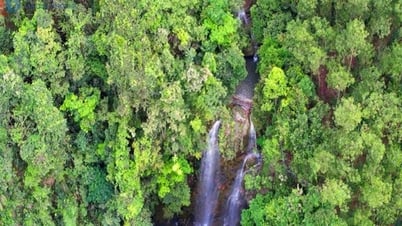
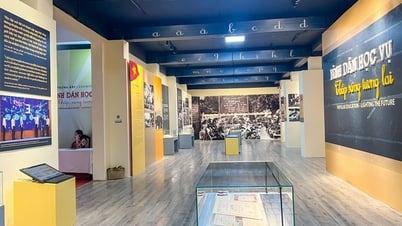
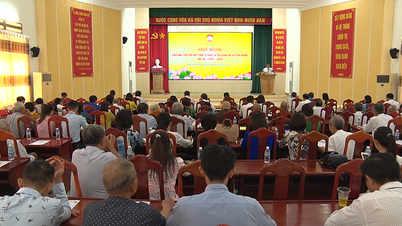





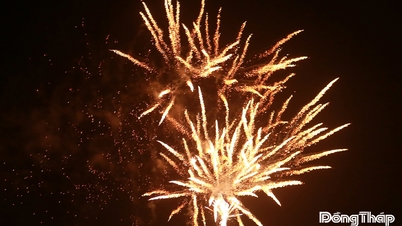








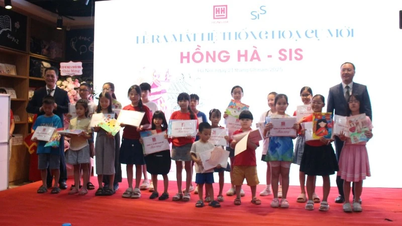








Comment (0)